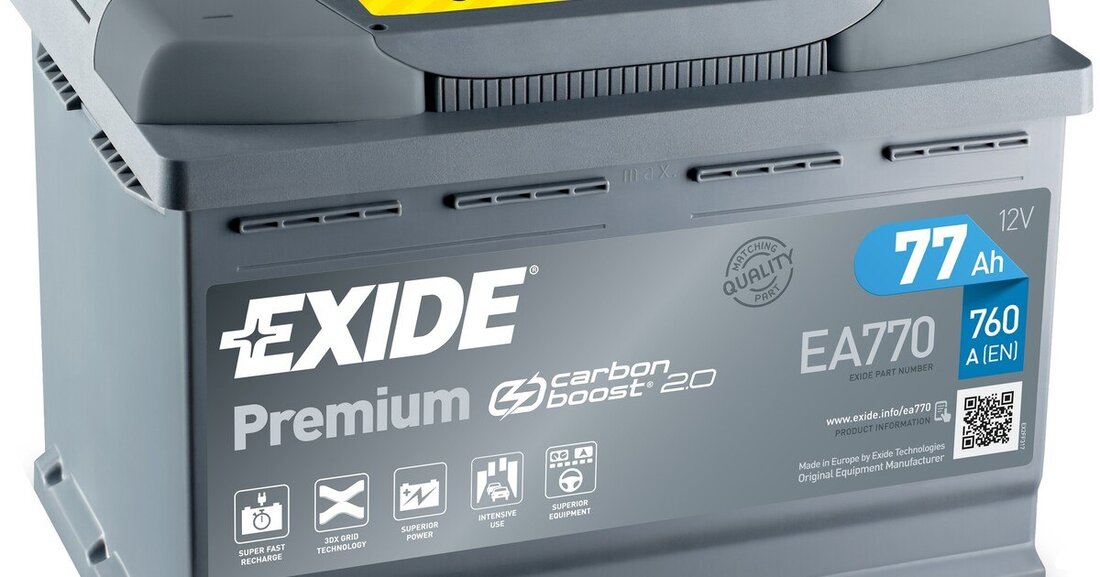Store car batteries properly
For many car dealerships and workshops, changing car batteries is part of everyday life. But what is the best way to store the batteries? We explain what a car company needs to pay attention to when storing batteries.

Store car batteries properly
Vehicle batteries are generally quite easy to store and care for. It is crucial that the batteries are stored according to the “first-in, first-out” principle. This means: The newest car batteries should be placed on the shelf at the back, the older batteries on the shelf at the front. The battery manufacturer Exide recommends installing a starter battery no later than 15 months after the respective battery was produced. This ensures that the battery is ready for sale at any time and that its service life has not yet been exhausted.
Pay attention to the temperature
Car and motorcycle batteries discharge higher temperatures faster than in the cold. Therefore, vehicle batteries should ideally be stored at constant temperatures. Around 20 degrees Celsius is considered optimal. Of course, it is also important to ensure that the batteries are stored dry, leak-proof and not in the blazing sun. Practical tip: Store vehicle batteries, whether wet, AGM or EFB batteries, at maximum chest height. Depending on the vehicle category, the starter batteries can take on impressive dimensions and are therefore difficult to lift. To prevent accidents at work, it is therefore worth not storing the car battery above head height. And please dispose of the empty batteries professionally or return them to your own battery supplier. Because lead-acid car batteries are 99 percent recyclable.
Check capacities regularly
If the batteries are dry, at a constant temperature and stored safely, it is still important to keep an eye on the charging capacity. Before installation in the customer vehicle, the capacity should be at least 12.5 volts. 12.7 volts would be better. This ensures that the customer does not stand back at the farm immediately after changing the battery and complain about a drained battery. If the voltage falls below 11 volts, the starter battery is most likely permanently damaged and can no longer provide full starting power. Every stored vehicle battery has a natural self-discharge over the storage period. Ideally, the battery voltage should be checked every six to eight weeks. Those batteries whose voltage is below 12.5 volts should definitely be recharged with a battery charger. They wouldn't look good installed in the car.
Practical tip
If a customer has scheduled his car for a major inspection or has already ordered a new battery, prepare it in the spare parts warehouse the day before. Before the customer comes to the farm, check the voltage of the replacement battery with a battery tester and recharge it again if necessary. This ensures that the customer gets a new starter battery with maximum capacity installed. Nothing is more annoying than making the customer wait because the new car battery is not yet charged and is still in storage. Something like this shouldn't happen to a professional car company.

 Suche
Suche
 Mein Konto
Mein Konto